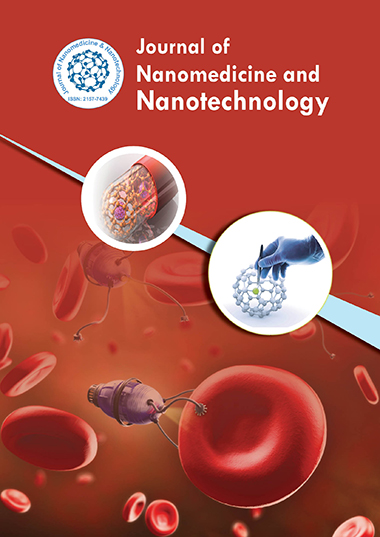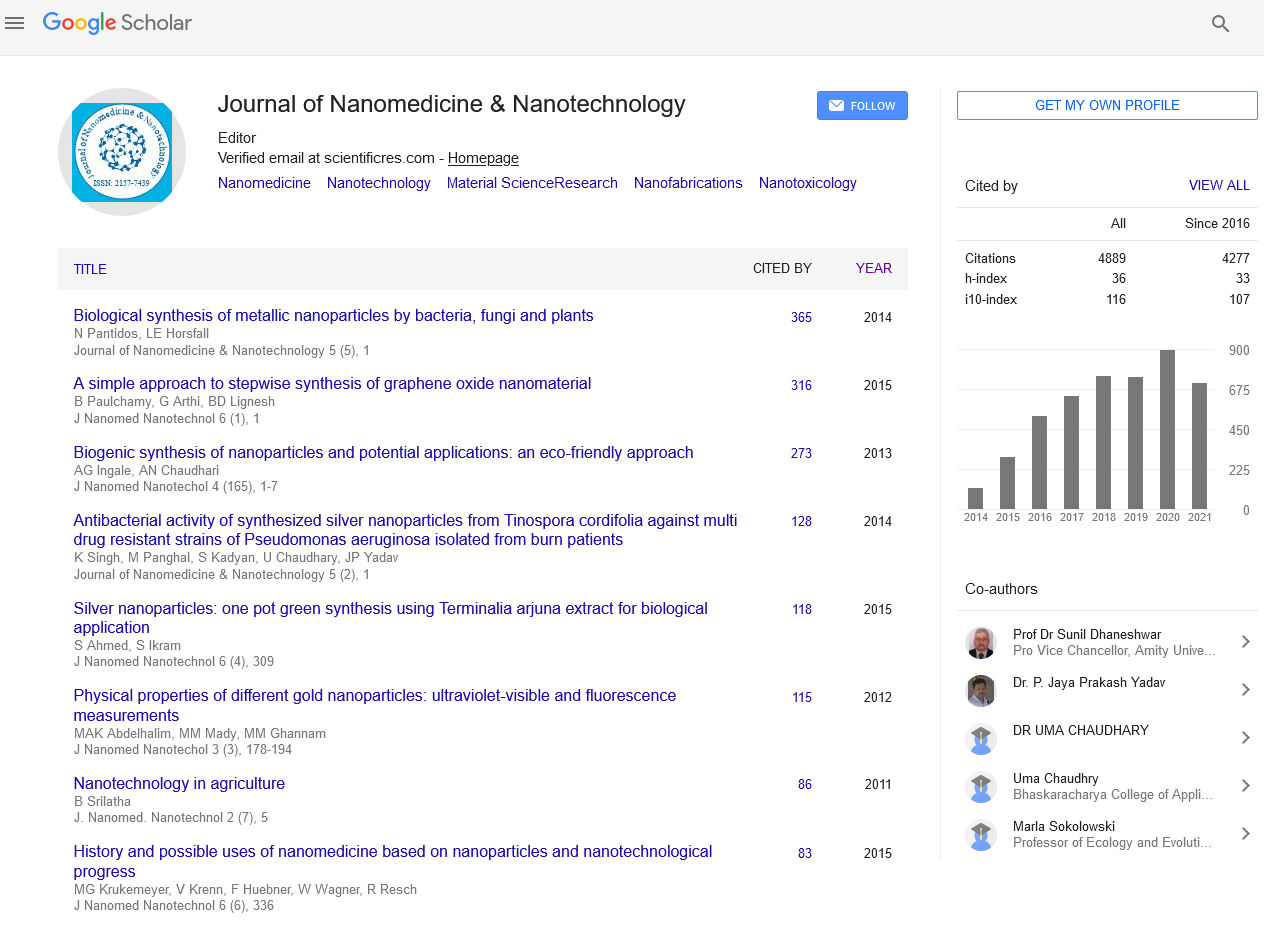Indexed In
- Open J Gate
- Genamics JournalSeek
- Academic Keys
- JournalTOCs
- ResearchBible
- China National Knowledge Infrastructure (CNKI)
- Scimago
- Ulrich's Periodicals Directory
- Electronic Journals Library
- RefSeek
- Hamdard University
- EBSCO A-Z
- OCLC- WorldCat
- SWB online catalog
- Virtual Library of Biology (vifabio)
- Publons
- MIAR
- Scientific Indexing Services (SIS)
- Euro Pub
- Google Scholar
Useful Links
Share This Page
Journal Flyer

Open Access Journals
- Agri and Aquaculture
- Biochemistry
- Bioinformatics & Systems Biology
- Business & Management
- Chemistry
- Clinical Sciences
- Engineering
- Food & Nutrition
- General Science
- Genetics & Molecular Biology
- Immunology & Microbiology
- Medical Sciences
- Neuroscience & Psychology
- Nursing & Health Care
- Pharmaceutical Sciences
Many-body quantum Monte Carlo study of 2D materials: Cohesion and band gap in single-layer phosphorene
20th Asia-Pacific Nanotechnology Congress
July 23-24, 2018 Sydney, Australia
Ivan Stich
Slovak Academy of Sciences, Slovakia
Posters & Accepted Abstracts: J Nanomed Nanotechnol
Abstract:
Two-dimensional (2D) materials are recognized for their unique and tunable electronic, photonic and spin properties combined with high carrier mobility predetermining them for device applications in high-speed semiconductor devices requiring low D materials. However, unlike in 3D, the bandgap in 2D materials is not an intrinsic materials property and depends strongly on electronic environments making experimental determination of the genuine bandgap a challenge. The bandgaps in 2D materials are usually determined by a combination of experimental and simulation techniques which both show typical spreads of the order of 1 eV primarily due to effects of electronic environments and available accuracy of the mainstream modeling techniques rendering the so determined properties insufficient for device applications. To demonstrate how the deadlock can be avoided we have performed the first many-body Quantum Monte Carlo (QMC) calculation of the genuine fundamental gap in free-standing single-layer 2D phosphorene, which allows us to determine also the optical gap and the exciton binding energy. The QMC determined genuine gaps are appreciably larger than heretofore assumed and their spread is reduced by a factor of ???5. We also predict the cohesion of the phosphorene layer to be only slightly smaller than that of the bulk crystal. These benchmark numerical calculations, which go way beyond the common approaches, open radically new avenues in investigation and materials engineering of 2D materials.
Biography :
E-mail: ivan.stich@savba.sk


